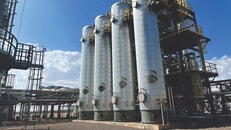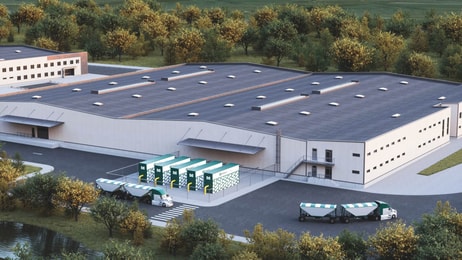Ozonation and Sludge Reduction – Using Ozone to Mimimize Waste Management Costs
Sludge management can reach 40 percent of the total management costs for a wastewater plant today, making sludge disposal an increasingly critical issue. Sludge disposal costs continue to rise with more stringent environmental regulations and limits, high input costs, and public safety concerns. New sludge management strategies are emerging with the objective of minimizing costs, and Praxair has developed a very effective process.
Praxair’s patent pending sludge ozonation process can reduce sludge in wastewater treatment plants that handle municipal and industrial wastewater with the following results: significant sludge reduction; elimination of foaming problems; improvement in process stability, dewatering, settling, and of effluent quality (de-colorization); and effective chemical oxygen demand (COD) removal.
THE PRAXAIR PROCESS
Designed to provide a cost-effective means for reducing the quantity of excess solids generated in wastewater treatment, the Praxair process draws on the Company’s expertise with gas-liquid mixing and ozone applications. The technology has also been designed to be easily integrated into existing wastewater treatment processes without the need for additional basin requirements and is fully automated, with the option to remotely monitor and control the process.
The Praxair process achieves as much as 80 percent solids reduction with ozone consumption values of approximately 0.05 – 0.10 kgs O3/kg suspended solids (SS) removed. The sludge ozonation process takes advantage of the strong oxidative potential of ozone to effect the lysis, or breakdown, of bacterial cells. In this process, a portion of the return sludge (RAS) is passed through the Praxair ozone contact system. When the ozone and sludge are brought into contact, the strong oxidizing action of the ozone causes the bacterial cell walls to be lysed (i.e. to rupture). The lysed cells are then delivered back to the basin, where the ruptured cells leak out their contents. This cellular content comprises proteins, polysaccharides, lipids, and other organic compounds, which serve as “food” for the bacteria in the basin.
... to continue reading you must be subscribed





















